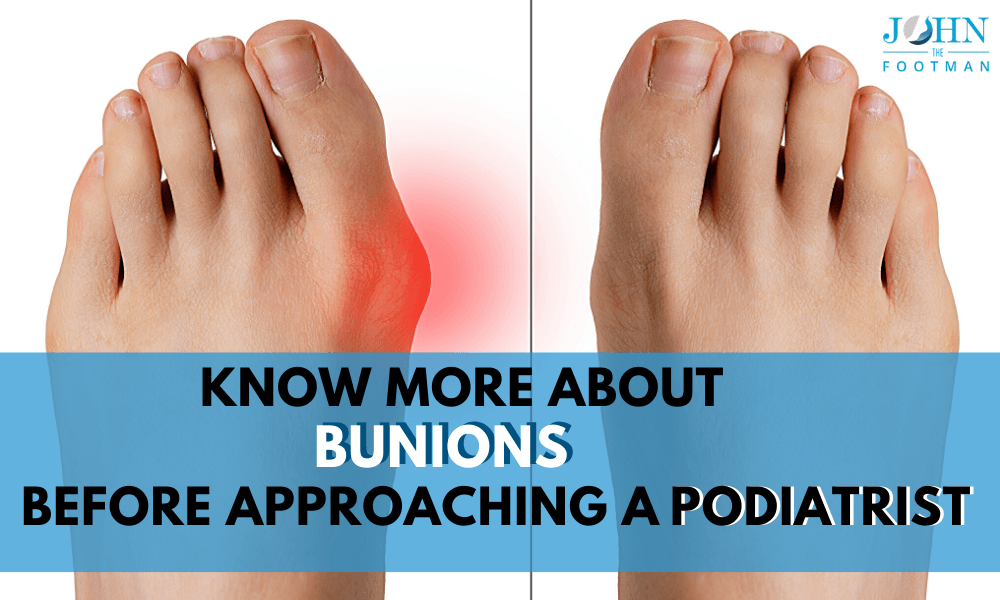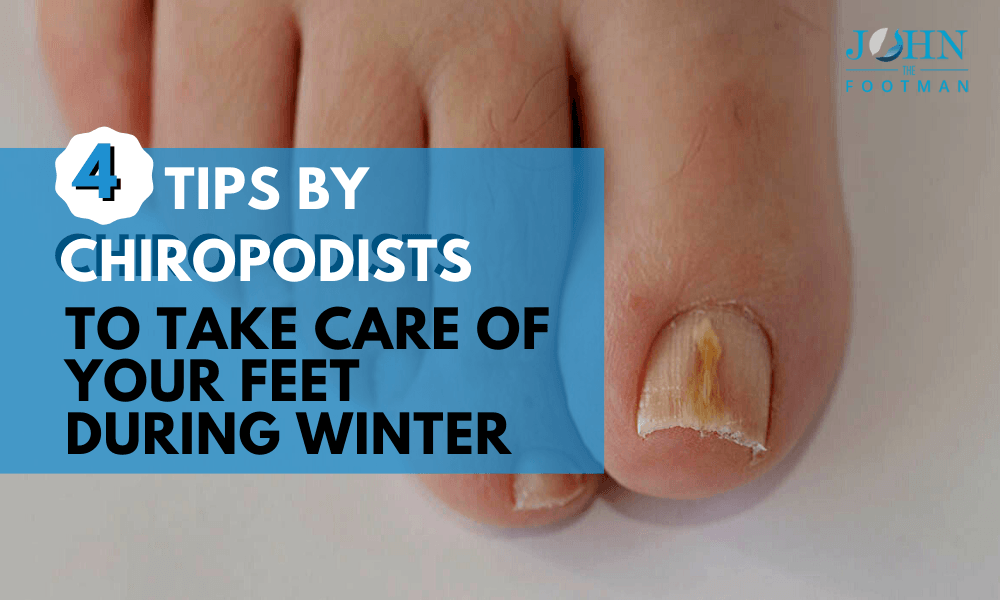If a bump has developed on the side of your big toe, get in touch with experienced podiatrists and they will let you know whether it is a bunion. Bunions generally occur due to abnormality of the foot bone, which prevents the big toe from being straight. It starts leaning towards the second toe. This creates an angle which looks like a bump on your toe. Don’t ignore the foot condition just because it is painless. The toes might start crowding over time. Not only will this cause pain but might also lead to permanent deformity.
Causes
A majority of the podiatrists believe that bunions are a genetic condition. They generally occur if the foot structure is faulty and is considered to be inherited. Few other conditions for which a bunion can develop are excessively flexible ligaments, flat feet and abnormal bone structure. It might also occur if your shoes don’t fit properly. Since there are various reasons why a bunion might develop in your feet, get in touch with an experienced podiatrist and let them assess the condition.
Few Things Which Aggrevate Bunions
- Symptoms of arthritis in your feet.
- Standing for a prolonged period of time.
- Wearing shoes with pointy toes or high heels.
- Wearing too small or tight shoes which put more pressure on the big toe.
7 Common Signs And Symptoms Of A Bunion
- Skin on the side of the big toe is becoming inflamed or red.
- The skin below your big toe is becoming thick.
- You can’t move your big toe with ease.
- The second toe has calluses.
- Big toe leaning towards other toes.
- Persistent or repetitive foot pain
- Difficulty in walking
4 Signs You Need To Consult A Podiatrist
- Constant pain in your foot
- The big toe is losing flexibility
- Can’t find shoes which fits you comfortably
- A large lump has developed near the big toe joint
Diagnosis
Get in touch with a renowned podiatrist in Farnham if you ever notice any of the signs and symptoms stated above. They will conduct a visual inspection and diagnose the issue. They might ask you to move the toe back and forth during the physical exam to check whether your movement has become limited. They generally suggest an X-ray if they feel that there is some underlying injury or deformity. The X-ray helps in assessing the severity of the issue and its cause. They might also suggest you to get a blood test done to check whether it has occurred due to arthritis.
2 Methods Of Treatment
- Non-Surgical Treatment
If the issue is a minor one, the podiatrist might suggest you to wear shoes with padded sole and sufficient room for your toes. You can even minimise the pressure on the bunion by tapping your foot into a normal position. Some podiatrists suggest their patients to take over-the-counter pain relievers.
- Surgeries
Surgery might be required if the non-surgical treatment options are not effective. Bunions can be treated through various surgical procedures. Let your podiatrist assess the condition and suggest the most suitable procedure.
Since your knowledge about bunions has enhanced, it’s time you approach a reputed podiatrist and treat the issue without any delay.


